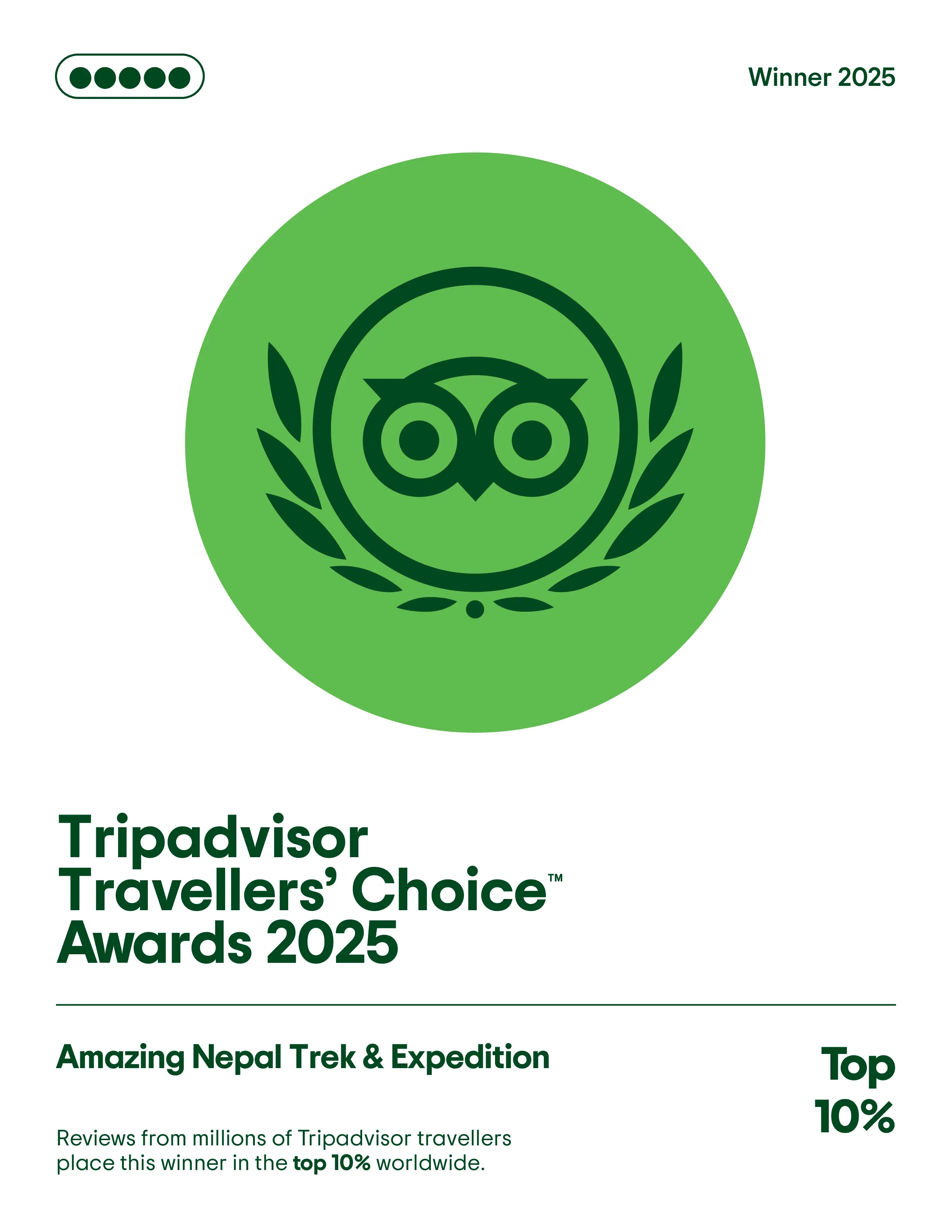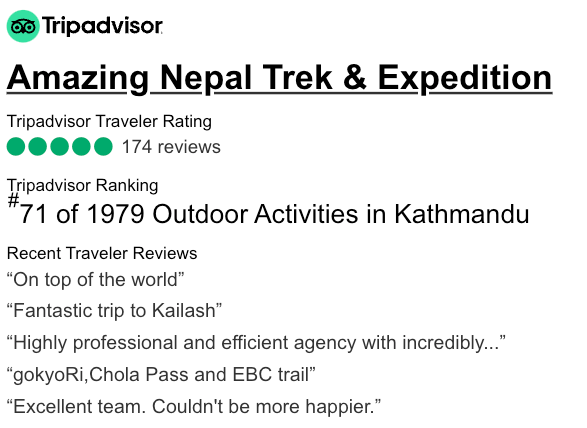Nepal's Holi celebration stands
out as one of the world's most vibrant cultural festivals, especially when you
have its unique two-day schedule across regions. The 2025 festival of colors
will paint Nepal's landscape on March 13th in the hills and March 14th in the
Terai region.
This beloved festival goes beyond
throwing colored powders and water. It symbolizes unity, joy, and good's
victory over evil. The 2025 Holi festival will bring thousands of locals and
tourists together at iconic spots like Kathmandu Durbar Square and Lakeside
Pokhara. The streets will come alive with music, dance, and traditional
delicacies.
You can discover the magic in
Kathmandu's hills or Terai's plains. The festival surpasses social and cultural
boundaries, making it a perfect opportunity to experience Nepal's rich heritage
firsthand.
Why Holi 2025 is Special in Nepal?
Nepal's spring season perfectly
matches the festival of colors in 2025, creating a unique celebration that
spreads through many geographical regions.
Key dates for different regions
The traditional Nepali calendar
(2081 B.S.) shows Holi celebrations happening over two consecutive
days. People in the hilly regions, including Kathmandu and Pokhara,
celebrate on Thursday, March 13th, 2025 (Falgun 29, 2081
B.S.). The Terai region holds its festivities on Friday, March
14th, 2025 (Chaitra 1, 2081 B.S.). This schedule lets the
celebration last longer, and each region gets an official government holiday on
its celebration day.
New celebration venues for 2025
Several locations have become
popular spots to celebrate Holi in 2025. The capital's festivities will
happen at Kathmandu
Durbar Square, Patan Durbar Square, and the lively streets
of Thamel. Pokhara's
lakeside area plans to
host a spectacular celebration. Major cities in the Terai region - Nepalgunj, Dhangadhi, Janakpur, Birgunj,
and Jhapa - are setting up special Holi events.
Special events planned
The 2025 celebrations blend
traditional and modern elements beautifully. Communities in the Kathmandu
Valley start with the traditional Holika Dahan ceremony,
gathering around bonfires to pray and sing hymns. Lumbini has its own
special tradition that begins right after Shivaratri, where locals take home
ashes from the Dahan to make morning tika.
Achham celebrates uniquely with
an eight-day festival where locals place the Chir (a decorated
pole) in open spaces to worship. The Madesh Province starts celebrating
two weeks before the main festival day, making it Nepal's longest Holi
celebration.
The Gandaki region adds its
unique touch to the festivities. Village elders keep traditional
celebrations alive through songs and dances, while younger people mix in modern
elements. Hindu communities in Sindhupalchok's major areas - Bahrabise,
Melamchi, and Chautara Sangachowk - prepare their distinctive regional
celebrations a day before the Terai Holi.
Best Places to Experience Holi 2025
Nepal's most iconic cities
promise an unforgettable cultural immersion during Holi 2025. Each location
brings its own special flavor to this cherished festival, with celebrations
ranging from historic squares to modern gatherings.
Kathmandu's festival hotspots
Kathmandu's Durbar Square, a
UNESCO World Heritage site, transforms into a carnival of colors. The
square buzzes with revelers while traditional drums and modern beats create an
electric atmosphere from dawn to dusk.
The tourist district of Thamel
adds a contemporary spin to the celebrations. Street parties with DJs and
themed events fill the narrow alleys from 10 AM to 3 PM, giving visitors plenty
of chances to celebrate with locals. Thamel's cafes and bars host special
Holi gatherings that provide perfect spots to join in or take a break.
Pokhara's lakeside celebrations
Pokhara's Lakeside area showcases
a modern interpretation of Holi traditions. The 2025 celebration runs from
March 13-16 and promises something special. Barahi Ghat Ground at Barahi
Chowk serves as the main celebration hub, with Phewa Lake's beauty enhancing
the festivities.
Pokhara's celebrations start
later than Kathmandu and pick up momentum after noon. Music echoes across
the water as Lakeside becomes a party hub with food stalls serving traditional
treats. Unity Eco-village in Chapakot will host special events in 2025,
adding environmental awareness to the festivities.
Pokhara's celebration stands out
by combining natural beauty with festive energy. The Annapurna range
provides a stunning backdrop to the carnival atmosphere, creating memories for
locals and visitors alike. Dancers, musicians, and revelers fill the
streets in a celebration that perfectly balances tradition with modern festive
styles.
Planning Your Holi Adventure
Planning ahead makes a big
difference when you're getting ready for Nepal's most colorful festival. You'll
want to stay safe and create lasting memories. Here's a guide to help you
celebrate Holi 2025 - from protecting your skin to taking amazing photos.
What to wear and bring
The right clothing can make or
break your Holi experience. Choose white or light-colored clothes that
you won't mind getting stained. Old t-shirts and comfortable pants work
best. Skip anything expensive or precious.
Here's your essential packing
list:
- Protective eyewear or sunglasses
- Waterproof phone case
- Natural oil (coconut, olive, or almond)
- Change of clothes
- Small first-aid kit
- Water bottle
Safety tips
We learned that a layer of oil or
lotion before heading out helps protect your skin. This creates a barrier
that makes color removal easier and shields your skin from harsh
chemicals. Hair protection is equally important - oil up your
scalp and think about wearing a cap or bandana.
Your valuables need protection
too. Keep important items like phones and wallets in waterproof
pouches. The excitement might tempt you to bring everything, but leave
expensive accessories in your hotel room.
Group safety needs
your attention. Stick with trusted companions, especially in packed
areas. It's worth mentioning that you should respect others' boundaries
and ask before applying colors to someone.
Photography guidelines
Getting great shots of Holi needs
some prep work. DSLR users should pick one lens and stick with it during
the celebration. A protective raincoat or clear plastic bag works well for your
camera. Secure it with duct tape so you can zoom easily.
The perfect shot comes from smart
positioning. Shooting from high spots like balconies or chairs gives you a
great view of the colorful chaos below. Try capturing both action shots
and close-up portraits - people love showing off their colorful faces.
Smartphone photographers should
get a good waterproof case. Set up your camera before the celebration
starts because it's hard to change settings once things get going. A
rickshaw ride can help you get better coverage while keeping your gear safe.
Your gear needs a good cleanup
after the celebration. DSLR users should wait to open the camera body
until they're in a clean, dry space. An air compressor or professional
cleaning kit helps remove color residue from your equipment.
Local Customs and Traditions
Nepal celebrates Holi by blending
ancient traditions with modern festivities. This vibrant festival has deep
roots in Hindu mythology and celebrates good triumphing over evil through
colorful expressions of love and unity.
Traditional games and activities
The playful spirit defines Holi's
essence. Kids kick off the day by chasing people with water balloons and
colorful powders. This fun tradition comes from an old tale where
children's pranks drove away the fearsome Ogress Dhundhi. People gather in
open spaces to sing traditional Holi songs and dance together as the day
progresses.
Communities start the celebration
by setting up a Chir - a bamboo pole decorated with bright
cloth strips. Some regions like Achham turn this into an eight-day festival.
The decorated pole becomes the center of community worship and gatherings.
The festival gives people a
chance to repair relationships. They visit friends and family to exchange
good wishes and resolve old conflicts. Applying colors becomes a way to show
friendship and make peace, but everyone respects personal boundaries.
Festival foods to try
Holi's food traditions are just
as colorful as the festival. Families and communities come together to share
these special treats:
- Sweet Specialties:
- Gujiya: Sweet dumplings filled with khoya
and dry fruits
- Sel Roti: Traditional ring-shaped rice bread
- Malai Peda: Rich milk-based sweets
- Bhang Laddoos: Special festival sweets
Streets buzz with vendors selling
refreshing drinks and tasty snacks. Thandai, a special Holi drink
made with milk, nuts, and aromatic spices, becomes everyone's favorite. Food
stalls fill the streets with tempting aromas that add to the festive mood.
Food brings communities closer
together. Neighbors exchange homemade treats, and families prepare
traditional recipes passed down through generations. These special dishes
create a festive atmosphere that makes Holi a unique experience.
Bhang (cannabis)
shows up in many traditional drinks and sweets, but visitors should be careful
with these treats. These special preparations are part of tradition, but people
need to be aware and moderate to celebrate safely.
Combining Holi With Nepal Travel
Nepal offers a perfect blend of
adventure and cultural festivities that creates a unique travel experience.
Smart travelers can mix their Holi celebrations with treks, sightseeing, and
hands-on workshops to make their trip more meaningful.
Pre-festival treks
March brings perfect trekking
weather with clear skies at lower altitudes. The Mardi Himal Trek is
a peaceful option away from busy routes. Villages along the path celebrate
Holi with traditional songs, and locals welcome visitors warmly.
The Ghorepani Poon Hill
Trek draws visitors with easy access and beautiful views. You'll
find Gurung villages with homes decorated in bright colors, and residents who
are happy to have trekkers join their celebrations.
The Gokyo Lakes Trek gives
you a quiet escape from regular routes. The path takes you through
villages that celebrate Holi with genuine warmth, mixing adventure with
cultural experiences.
Post-celebration sightseeing
Nepal's natural and cultural
treasures await after the festival. Chitwan National Park, a UNESCO
World Heritage site, lets you see wildlife up close through jungle
safaris. The Mahendra Gufa north of Pokhara shows off
impressive stalactites and stalagmites in its cave system.
You can learn about Lumbini,
Buddha's birthplace, or explore Swayambhu Temple's ancient
architecture, also called the Monkey Temple. The International
Mountain Museum holds fascinating records about Nepal's mountaineering
history.
Cultural workshops
The Youth Empowerment
& Festival of Colors Camp in Jitpurphedi village lets you:
- Plan traditional Holi festivities
- Learn Nepalese music and dance
- Share authentic local cuisine
- Take part in community activities
- Try traditional games and customs
These workshops welcome anyone
over 18 and focus on cultural exchange and community connections. Visitors get
hands-on festival preparation experience and build meaningful bonds with local
youth and community members.
Workshop participants help local
youth build confidence and problem-solving skills. These interactions teach
travelers about Nepal's rich cultural heritage while making a positive impact
on the community.
Conclusion
The cultural experience of Holi
2025 in Nepal goes way beyond the reach and influence of color throwing. Our
exploration reveals how different regions add their own special touch to the
celebrations. You'll find unique festivities in Kathmandu's historic streets
and near Pokhara's peaceful lakes.
The festival spans two exciting
days and gives you plenty of chances to dive into adventure and culture. Colors
light up the hills on March 13th, while the Terai region celebrates on March
14th. Visitors can build their perfect Nepal experience by mixing Holi
celebrations with treks, wildlife encounters and cultural workshops.
Note that local customs deserve
respect, safety guidelines matter, and the festival's true spirit of unity and
joy awaits. The right preparation and knowledge will help you dive into one of
South Asia's most spectacular celebrations. These memories will stay with you
long after the colors fade away.








